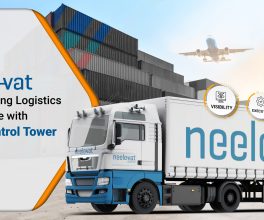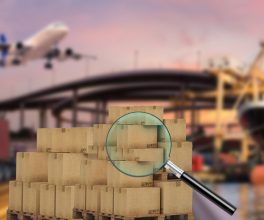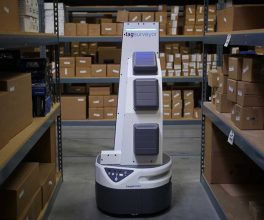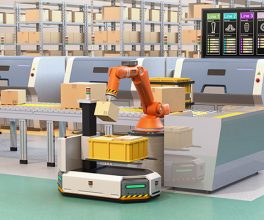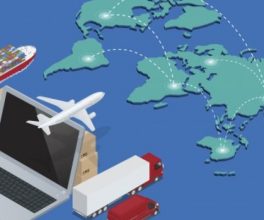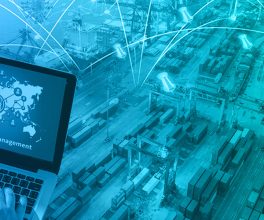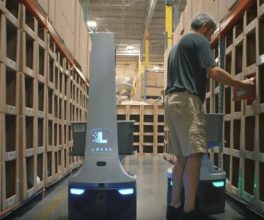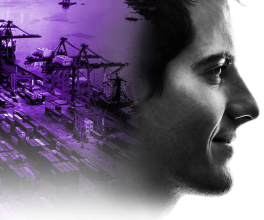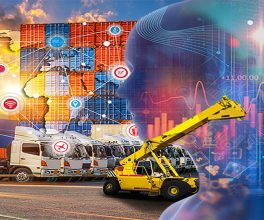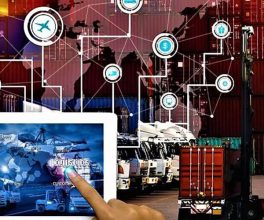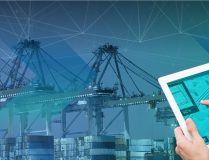Augmented reality (AR) and virtual reality (VR) are ‘revolutionary’ emerging platforms that are changing the game for supply chains.
From reducing cost to improving efficiency and accuracy, AR/VR could significantly impact the way orders are processed and shipped. The Global Augmented and Virtual Reality market is expected to reach ‘209.2 billion U.S. dollars by 2022’. With the ability to enhance any version of reality, this technology could change the way we move product from point A to B.
On the retail side, AR/VR is enabling customers to engage with products and their features without even stepping foot into a store. It also provides personalized experiences through the creation of ‘virtual fitting rooms’ and ‘virtual maps’. From a marketing and advertising perspective, there is a considerable amount of value that comes from the creation of ‘VR- and AR-powered campaigns’. It provides companies with the opportunity to give their consumers a real-time experience with their products.
In addition to machine learning and predictive analytics, AR/VR technology is also a game changer for the supply chain and logistics industry. From improving training and education, to ensuring a ‘cost-effective, fast and error free’ shipment lifecycle, there are significant benefits.
This article explains the technology behind AR/VR and uncovers how supply chains can use this platform to improve their processes.
A Brief History
Although AR/VR has become popular in the digital world only recently, the concept behind augmented reality dates back to 1957. Cinematographer, Morton Heilig, created the first ‘attempt at adding additional data to an experience’ known as the Sensorama. Almost four decades later in 1990, researcher Tom Caudell, creates the term we refer to now as augmented reality.
According to Investopedia, by definition,Augmented reality combines real and computer-based scenes and images to deliver a unified but enhanced view of the world.
Virtual reality takes the experience once step further for users by immersing them in a ‘fully artificial digital environment’. Rather than simply enhancing a version of reality with images, they can actually move and hear. VR applications are also compatible with smartphones, which provides consumers with new and convenient ways to shop nd interact. With the ability to create accurate and immersive versions of reality, this technology provides the opportunity for supply chains to improve their processes and operations.
AR/VR in Supply Chains
As the expectations of on-time deliveries, efficient service and personalized customer experiences increase, there is a need for more supportive technology. According to Forbes, AR/VR help combat the varying complexities facing the supply chain and logistics industry today. As mentioned, this is a cost-effective solution that could also contribute to creating ‘fast, and error free’ shipment lifecycles.
The following scenarios describe how AR/VR can improve supply chains:
- Provides real-time information on ‘manufacturing facilities, distribution centers, and warehouses’.
- Delivers products on-time by providing the best transportation routes.
- Reduces the possibility of damage by providing detailed information of all packaging and contents to improve transparency.
- Reinforces security by providing drivers with ‘facial recognition technology’ to confirm customer verification.
Industry Reviews on AV/RV Technology
Mehdi Miremadi, Partner at McKinsey & Company, states that this technology creates ‘business value in supply chains’. In addition, statistics show that order fulfillment saw a 30% – 40% improvement last year, while productivity and workflow management also progressed. Senior Principal Analyst at Gartner, Tuong Nguyen, also supports this technology, as he believes AV provides effective training and onboarding to enhance worker capabilities.
The decision to apply an emerging platform to any organization is daunting. There is a lot of consideration that must come with the investment and integration of new processes. However, when applied to supply chains, experts are in favour of AV/RV.
Author – by
Kelli Saunders
Courtesy of http://morailogistics.com/augmented-reality-virtual-reality-create-effective-supply-chains/

